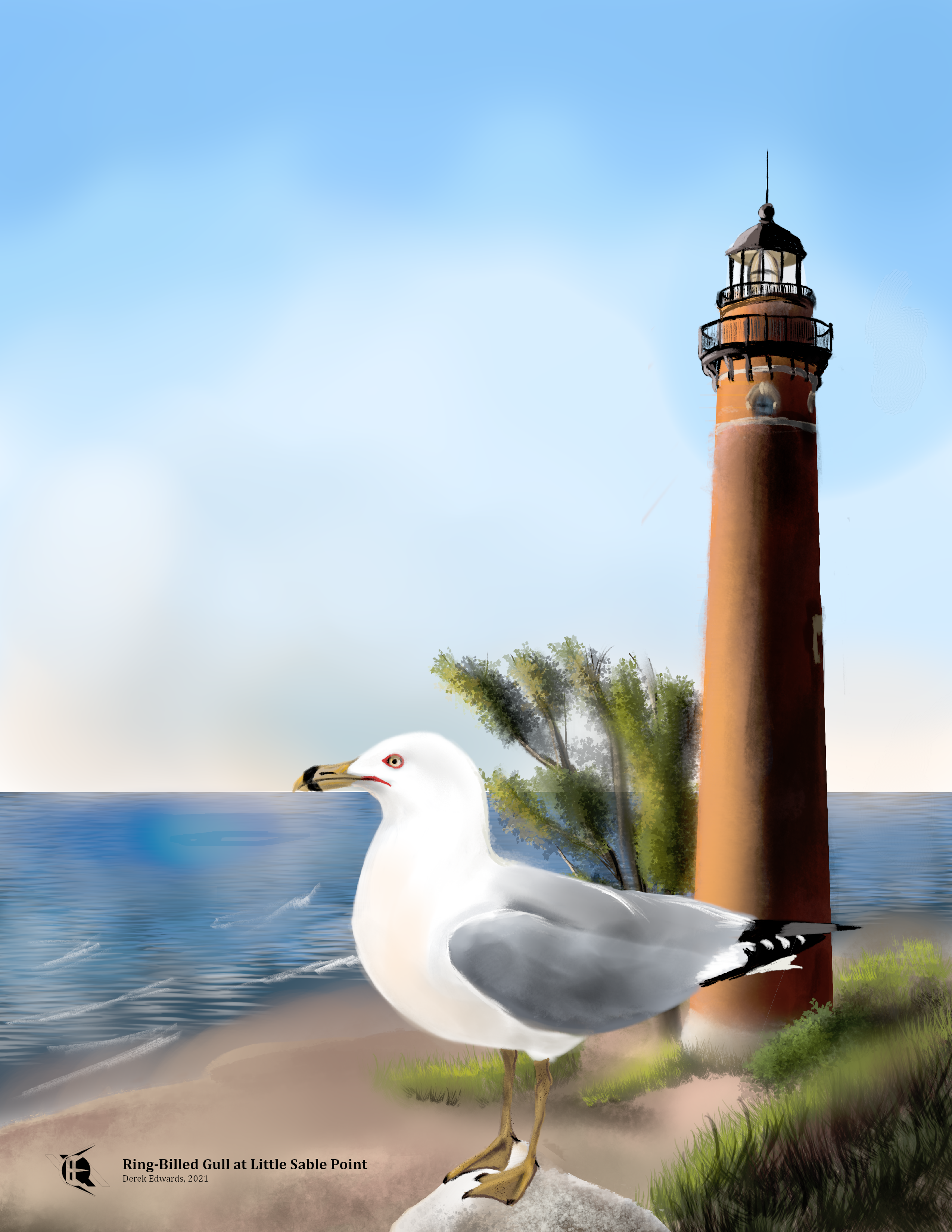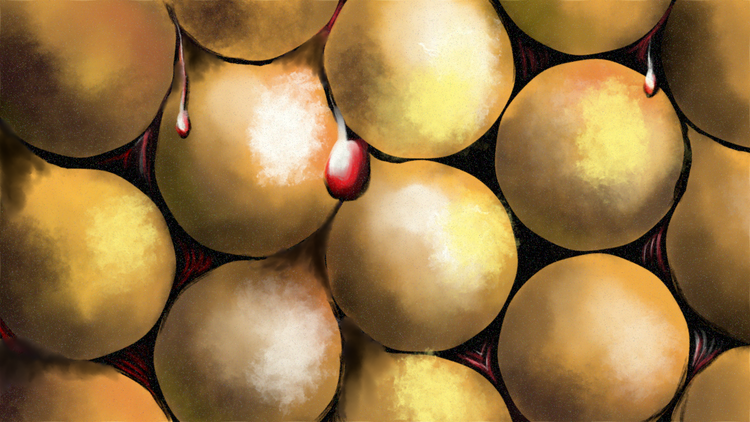
Running Commentary 5/31/2021
Hello,
It's Memorial Day here in the United States (and elsewhere? I understand the UK has a long weekend as well, though I'm not actually sure why.) Originally dedicated to the memory of the fallen soldiers of our Civil War, it now serves as a memorial to all fallen soldiers in U.S. history.
Because Americans don't really go in for somber mass funerals as holidays (see also the non-zero number of Good Friday and 9/11 sales events), Memorial Day has taken on a second significance as the start of Summertime, a period of outdoor activity that runs from Memorial Day Weekend to Labor Day Weekend, largely overlapping with the more official period known as Summer. So we'll have some Summertime content in this week's RC, because I don't really have a lot to say about fallen soldiers, and I don't want to just slap something together on the subject.
Anyway...
Watching...
A new episode of The Bad Batch released Friday, setting up what seems like it could be a status quo for a few episodes. Here are my notes: SPOILERS

- We finally get to see Clone Force 99 actually acting as an elite fighting force, which we haven't seen since the beginning of the premiere.
- This episode seemed really short, so I'm thinking that our heroes will be hanging around with Cid for more than one episode.
- Add Rhea Perlman to The List.
- I'm not sure if the rancor the Bad Batch recover is the same one Luke Skywalker kills in Return of the Jedi, since it has a different name, but I do know it's headed to that same dungeon. Kind of puts a damper on the fight-the-slavers heroism the episode starts with, though that isn't really addressed.
- I missed it, now that I think about it, but Omega kept that energy bow, right? That could be a cool thing for her to have, and maybe a little less weird than just handing the little kid a gun.
Reading...

After all those Timothy Zahn books, it was really time for something else. XX: a Novel, Graphic by Rian Hughes, which I finished this past week, was indeed something else, and would have been regardless of what I'd read beforehand. This was a weird book. It was good, though it was perhaps a bit less clever than it thought it was.
The book is, I suppose, a graphic novel, though it is not a long-form comic book as the term generally describes, nor was it even illustrated, as such. Rather, it was full of images of text. The story, a dense bit of sci-fi about two simultaneous and interrelated alien first contacts, the beginnings of true A.I., and the nature of life, is told in regular novel prose bolstered by email chains, Wikipedia articles, podcast transcripts, antique letters, long blocks of binary code, news articles, and an entire, separate Golden Age science fiction novellete by an in-universe L. Ron Hubbard-alike. Much of these appear as screenshots and scans of the original sources.
Additionally, there are a few A.I. characters whose dialogue are in special lettering: The 19th Count, embodying the spirit of the 19th Century, speaks in old-timey handbills, like what Barnum would advertise his circus with; the titular XX, embodying the spirit of the 20th Century, speaks in solid, interlocking letters from out of a totalitarian propaganda poster; and Girl, 21, embodying the spirit of the 21st Century, speaks in Tweets.
So that's the kind of book it is. It's a decent sci-fi story (or rather, about four decent sci-fi stories that all come together at the end) but its big selling point is the way it plays with the form of a novel. Given that, and given the sheer length of the book, I can see many people losing patience with the book, but I enjoyed it.
Playing...
I was able to get lucky on Sevagoth, not getting any duplicate parts while farming him. He's done building today, but that's not why this newsletter is late today.
Today is the last of the month, which means it's time for another DevStream. I didn't want to wait a whole week to give my thoughts, so I put off today's RC until the evening. Here are my notes on that:
- Rank 10 Command Intrinsics will give "elite crewmates" with better stats associated with specific loadout types and/or special abilities. Hopefully these will be really good, since hitting Rank 10 in an intrinsic takes a lot of time investment.
- Rebb says "decal" weirdly.
- There's gonna be a bulletin board in Maroo's Bazaar where clans can recruit new players. I don't run a clan, so I don't care personally, but it would make more sense to do this in the relays, since no one hangs out in Maroo's Bazaar.
- Modular Archwing is "pretty far along in development", but it won't be in the next update. It got sidelined while DE was working on balancing melee with ranged combat, which, yeah, is the more pressing concern.
- Vareli, he new warframe will be closely associated with the Ventkids in Fortuna, and here "mini-Quest" will unlock a story that Steve Sinclair seems to really like. While this seems a bit odd for a water-themed frame, one of Vareli's abilities is basically surfing around on something like a K-Drive. Her other abilities seem pretty good, and in keeping with her theme. I do wonder if they kept too close to Hydroid's theme though.
- The Granum Void, which no-one's gone to since they got Protea, will get new life as the place you go to get started with a Sister of Parvos. Then, rather than the Thralls associated with a Kuva Lich, you'll be fighting those robot dogs they showed off last month. These will apparently be tougher to fight, but more rewarding. The final showdown will occur in a railjack mission. Apparently, everything will be heavily shielded, so there will be some reason to mod for magnetic, for once.
- The New War is back actively in the works, as DE has their mo-cap studio back up and running. More about that is forthcoming at TennoCon in mid-July.

Bird of the Week
This week we have one of the most plentiful birds in North America, the Ring-Billed Gull, whose population, centered in the U.S. and Canada, is estimated at over 1 billion, or roughly 3 for every person in the same area. They can be found in nearly any open area, feeding on a wide range of items, including leftover human meals, though they are most commonly seen in huge groups at beaches. They are the dominant species of gull to be found on the shores of the Great Lakes.
The "Ring-Billed" part of their name is obvious, so I'll talk about the "Gull" part. If you want to make certain people very upset, call these birds or their close cousins "seagulls". Unlike albatrosses, etc, they don't live out at sea, but rather on land, albeit usually near the sea. This is pedantry of the highest order, but it is a real thing among birders. So, regardless of what any Space Age Love Singers suggest, there are no seagulls, only gulls.
These birds binomial is Larus delawarensis. "Larus" is a Latin word for gulls, while "delawarensis" refers to the Delaware River, which was named for Thomas West, 3rd Baron De La Warr, who was an English nobleman whose title referred ambiguously to some region of France.
A note about the setting of the picture. Behind the gull you'll see a lighthouse. That is the Little Sable Point light, which marks the westernmost point of Michigan's Lower Peninsula. It was designed by O. M. Poe, a veteran of the Civil War who served as Gen. Sherman's chief engineer during his March to the Sea. After the war, Poe designed many of the lighthouses around the Great Lakes. While it originally had a lighthouse-keeper's residence attached, today only the 107-foot-tall brick beacon tower remains. The lighthouse is typically closed to visitors, though I got a chance to climb up to the balcony when I was a kid. I could not quite see Wisconsin from up there, though I did look.
Curation Links
Returns to Scale in Broken Windows | Alvaro de Menard, Fantastic Anachronism
The Broken Window Fallacy (which is a different thing entirely from the similarly named Broken Window Doctrine of Policing) is the belief that breaking a window (or some similar act of destruction) is a driver of economic activity, since repairs keep many people in business. The idea is fallacious because it fails to take into account the wealth destroyed with the window. But what if you didn't just replace the window 1:1. What if, by breaking the old window, you're really making way for a new, better window?
The infinite scroll | David Roth, Columbia Journalism Review
A lamentation on the state of the free-to-read online news story, choked as it is under advertisements, pleas for money from both the publication and its dubious benefactors, then, like a bottomless pit, flowing down into the next story, and the next set of ads. (All the more reason to stick to unmonetized hobby sites like this ;)
Getting It Right | Pope Gregory XIII, Lapham’s Quarterly
Today is often described as the "unofficial start of Summer". But what of the official calendar; where'd that come from? Lapham's Quarterly brings us an English translation of Pope Gregory's announcement of reforms to the solar calendar produced by Caesar, the origins of the calendar in use throughout the Western World today.
Rockfish | Tim Miller, et al., Rob Munday, Short of the Week
[VIDEO] [FICTION] An animated film about a man and his strange pet, setting out on an alien world on something like an icefishing expedition, except rather than ice...well, the title gives a clue. The short film is featured, with a review by Rob Munday, on Short of the Week. (9 minutes)
The Battle of SHARKS! | CGP Grey on YouTube
[VIDEO] An idle Google search about a strange sight in a London canal leads to the discovery of a protracted legal battle between a libertarian arthouse and...well, and all of their neighbors, by the end of it. (10 minutes)
Charlie Brown's America | Avi Woolf, Avi's Conversational Corner
[AUDIO] An interview with Prof. Blake Scott Ball, concerning his book Charlie Brown's America: The Popular Politics of Peanuts. They discuss cartoonist Charles Schulz's approach to war, to secretaries, and to writing characters unlike himself. (47 minutes)






Member Commentary